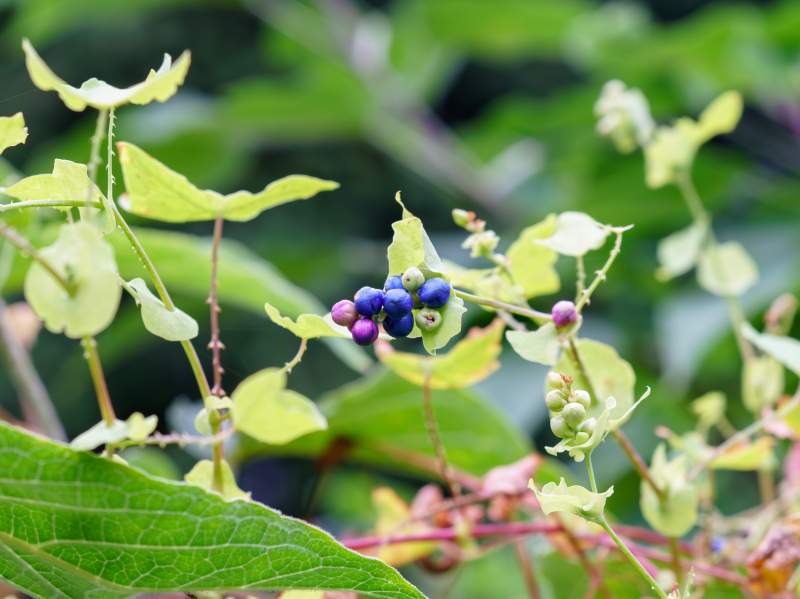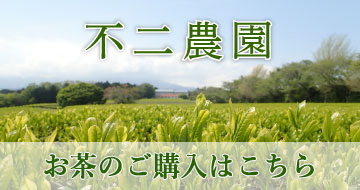フィールド日記
2024.12.06
リュウキュウハゼ
リュウキュウハゼが紅葉しています。ウルシ科の落葉高木で、ハゼノキとも呼ばれます。果実から和ロウソクの原料となるロウをとるために植栽されたものが広がったといわれています。
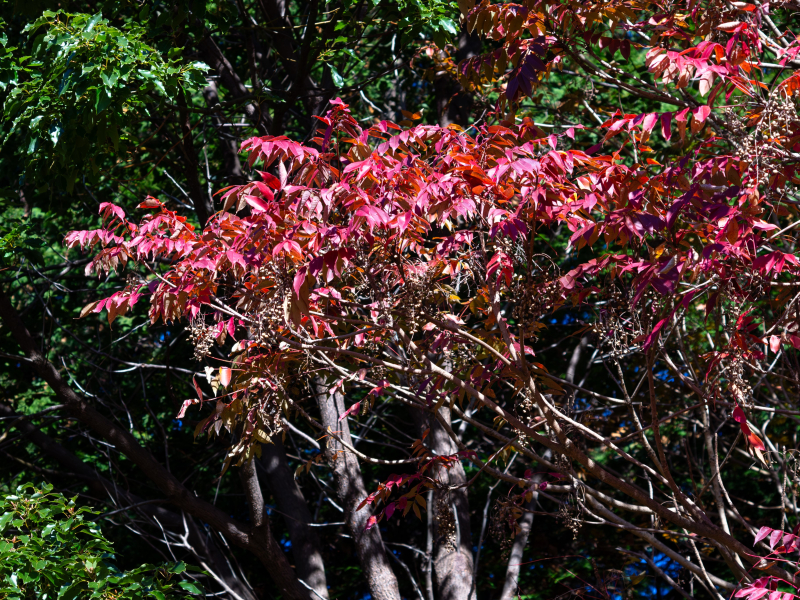
2024.12.03
カラスザンショウ
カラスザンショウが果実をつけています。ミカン科の落葉高木で、伐採跡地などにいち早く侵入する先駆樹種です。植え込みなどに幼木が生えていることもよくあります。葉を揉むと柑橘系の香りがします。和名は、本種がサンショウの仲間で、カラスが実を食べることに由来するという説があります。
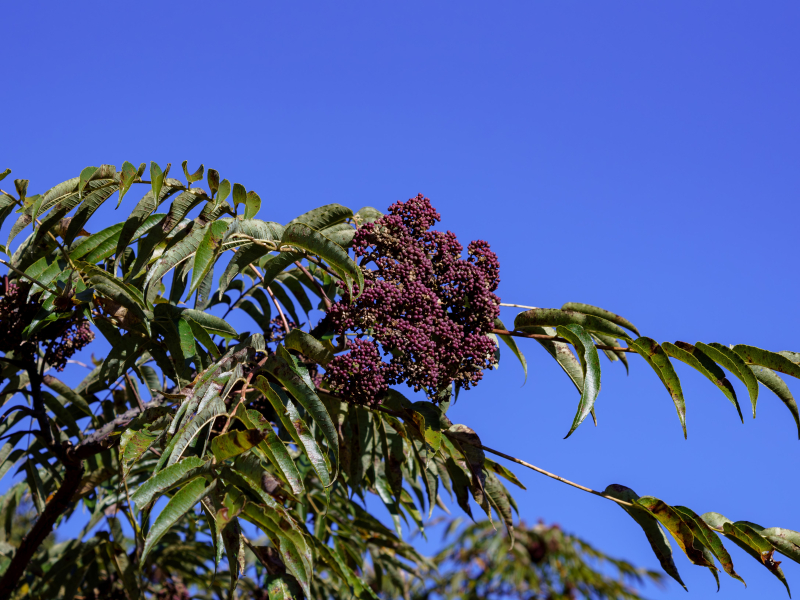
2024.11.29
イソギク
イソギクが咲いています。本来は海岸の崖などに生えるキク科の多年草です。古くから栽培されており、キャンパス内でも花壇に植えられています。和名は磯菊で本来の自生地に由来します。
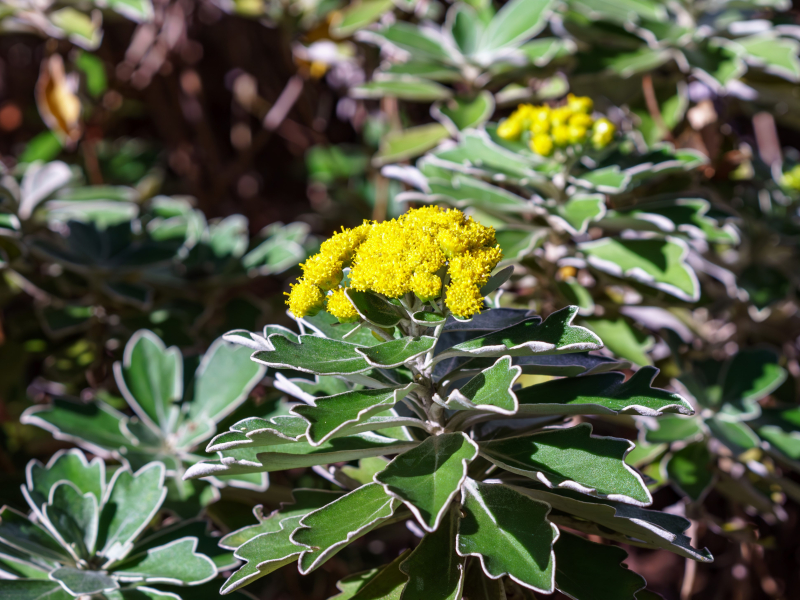
2024.11.26
ヤマノイモ
ヤマノイモがむかごをつけています。むかごは養分が蓄えられて肥大化した芽で、地面に落ちると新たな植物体となります。ヤマノイモの地下の芋(根)は自然薯と呼ばれ食用とされますが、このむかごも食用となります。
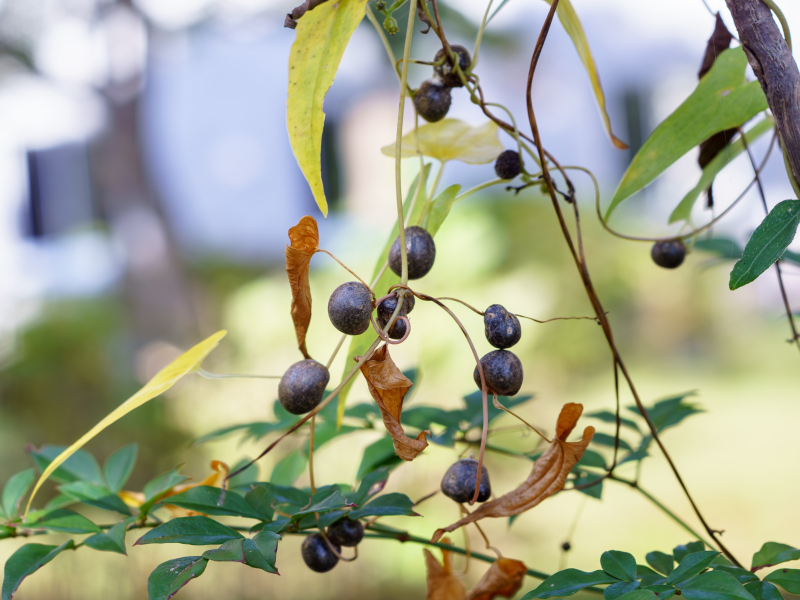
2024.11.22
アオオニタビラコ
アオオニタビラコが咲いています。道端などいろいろなところで見られるキク科の多年草です。かつてはオニタビラコと呼ばれていたものが、近年はアオオニタビラコとアカオニタビラコの2亜種に分けられています。晩秋まで見られるものはアオオニタビラコのようです。
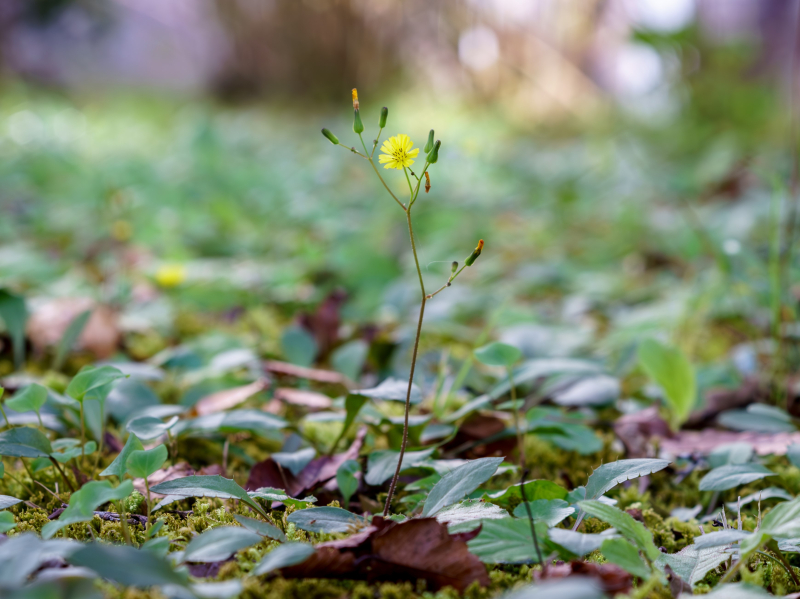
"Ao-Onitabirako (アオオニタビラコ)" plants are in bloom. They are the perennial plants of the Asteraceae that grow everywhere like on roadsides. They were called "Onitabirako (オニタビラコ)" in the past, but these days they are divided into the two subspecies "Ao-Onitabirako (アオオニタビラコ)" and "Aka-Onitabirako (アカオニタビラコ)." The ones seen until late autumn are "Ao-Onitabirako".
2024.11.19
ムラサキシキブ
ムラサキシキブが果実をつけています。林や林縁でよく見られるシソ科の落葉低木です。秋に美しい紫色の実をつけます。17世紀後半までミムラサキ(実紫)と呼ばれていましたが、その後、『源氏物語』の作者 紫式部の名をかりてムラサキシキブと呼ばれるようになったようです。
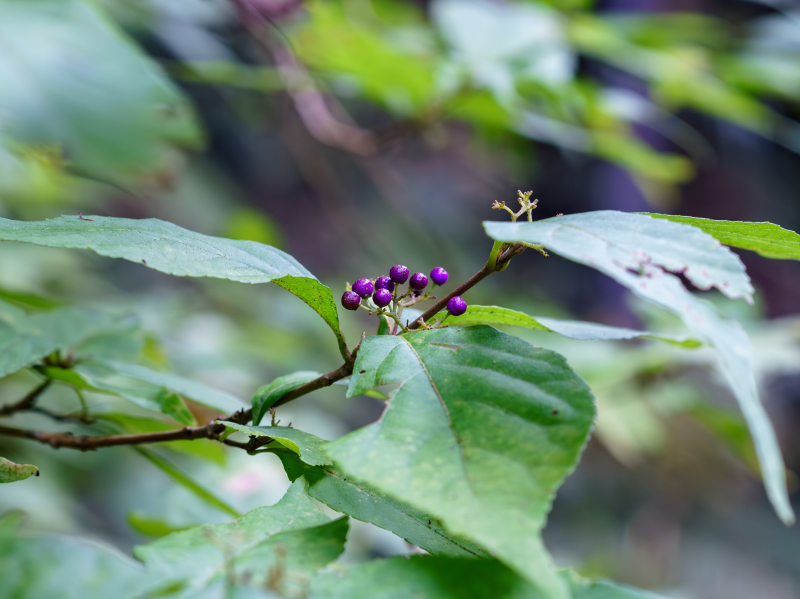
2024.11.15
ガマズミ
ガマズミが果実をつけています。丘陵から山地によく見られるガマズミ科の落葉低木です。赤い果実は食用にすることができます。
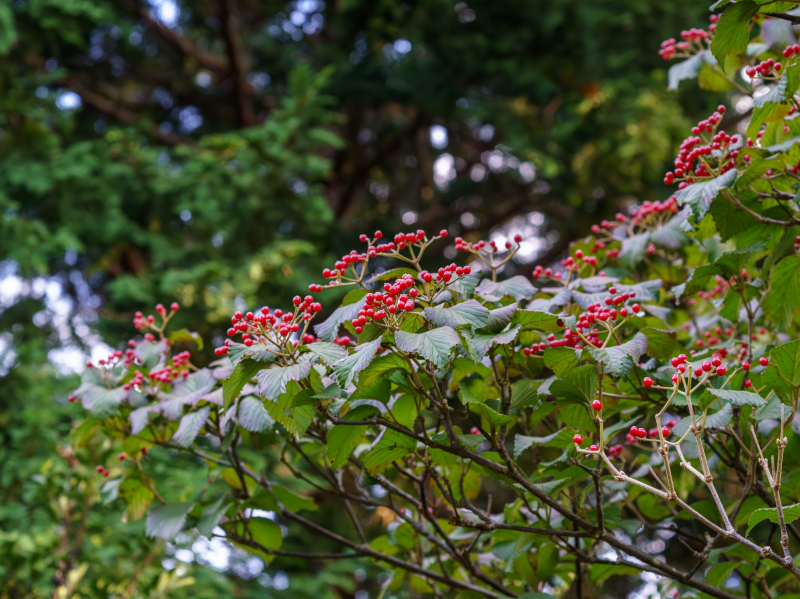
"Gamazumi (ガマズミ)" plants are bearing their fruits. They are the deciduous low trees of the Viburnaceae family that grow on hills to mountains. Their red fruits are edible.
2024.11.12
ハダカホオズキ
ハダカホオズキが果実をつけています。林縁などに生えるナス科の多年草です。光沢のある赤い実が特徴です。和名は、同じナス科のホオズキの実ががくに包まれているのに対して、本種は包まれていないことに由来します。
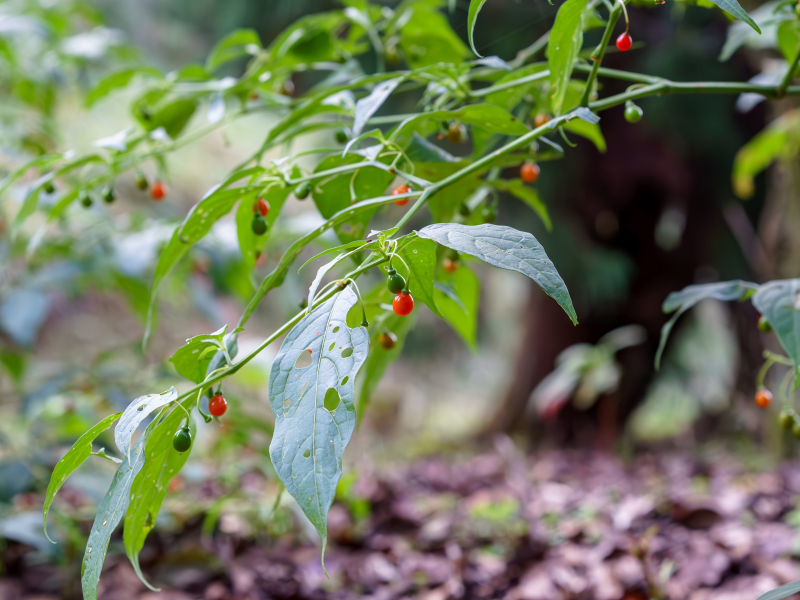
2024.11.08
ノコンギク
ノコンギクが咲いています。明るい林縁などに生える代表的な野菊です。和名は野に咲く紺色の菊という意味ですが、白色のものもあります。
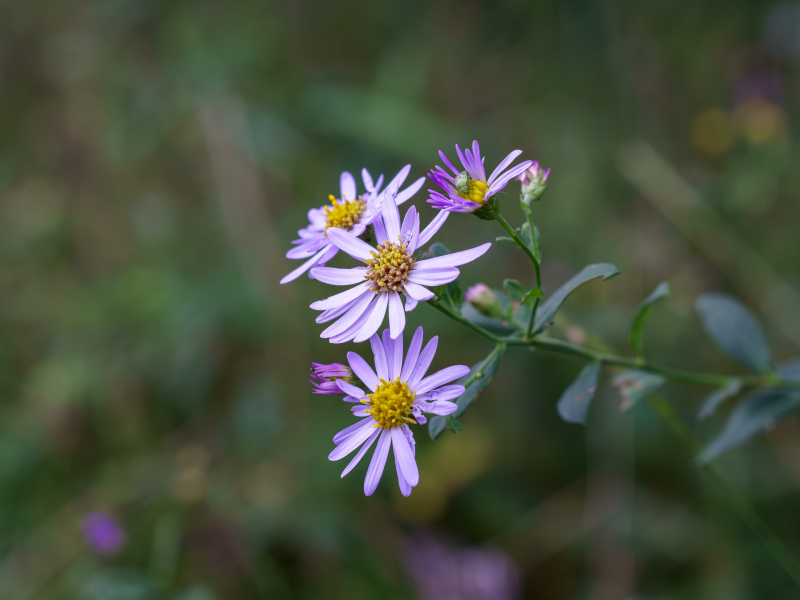
"Nokongiku (ノコンギク)" plants are in bloom. They are a typical wild aster growing on the sunny edges of forests. The name means that they are wild purple asters, but some of them bloom white flowers.
2024.11.05
イシミカワ
イシミカワが果実をつけています。タデ科の一年草で草地などによく見られます。花は緑色であまり目立ちませんが、花の後にがくが発達し、きれいな瑠璃色になります。
